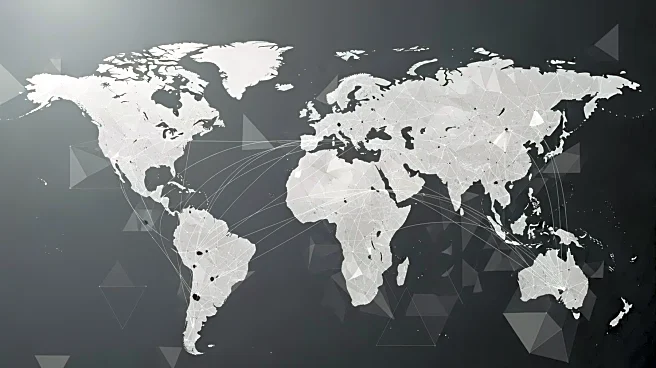What's Happening?
The global business environment is increasingly characterized by constant disruptions, including geopolitical conflicts, economic volatility, and natural disasters. These factors are affecting the movement of goods and people, impacting labor and procurement
costs, and causing infrastructure challenges. As a result, talent management has become a critical concern, with traditional approaches to workforce strategy now seen as insufficient. Companies are urged to shift from a focus on cost optimization to resilience, incorporating real-time geopolitical risk monitoring and executive-level scenario planning into their workforce strategies.
Why It's Important?
The shift towards resilience in workforce strategy is crucial for businesses to navigate the complexities of today's global environment. Companies that fail to adapt may face operational, financial, and reputational risks. By prioritizing resilience, organizations can better withstand disruptions and maintain continuity. This approach not only safeguards operations but also positions companies to capitalize on changes in the market. The emphasis on resilience reflects a broader trend in business strategy, where adaptability and foresight are becoming key competitive advantages.
What's Next?
Organizations are expected to continue evolving their workforce strategies by diversifying talent locations and creating continuity clusters. These measures will help ensure operational resilience and enable companies to respond swiftly to disruptions. As businesses integrate these strategies, they may seek partnerships with workforce transformation experts to guide their efforts. The ongoing focus on resilience will likely influence broader industry practices, encouraging more companies to adopt similar approaches to workforce planning.













